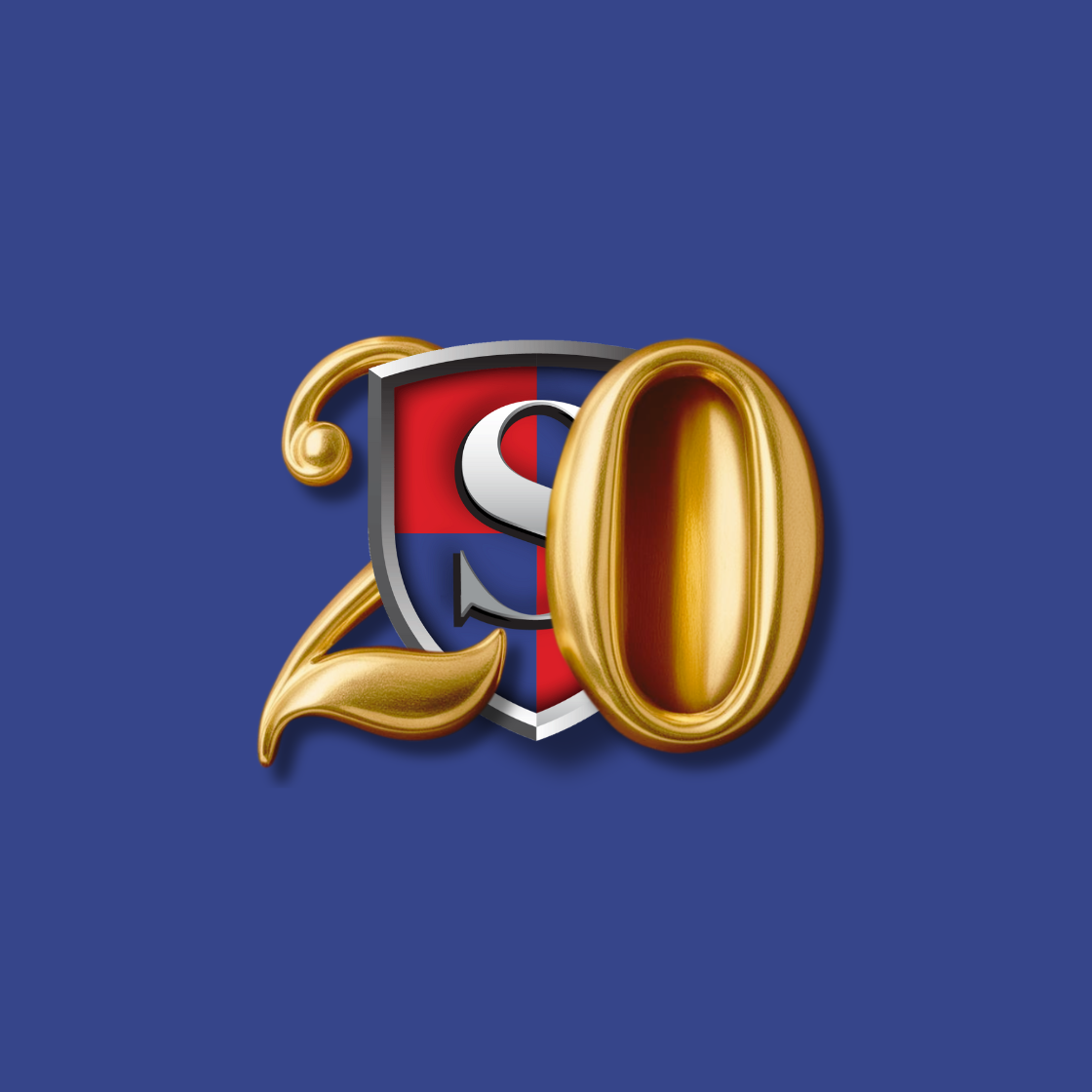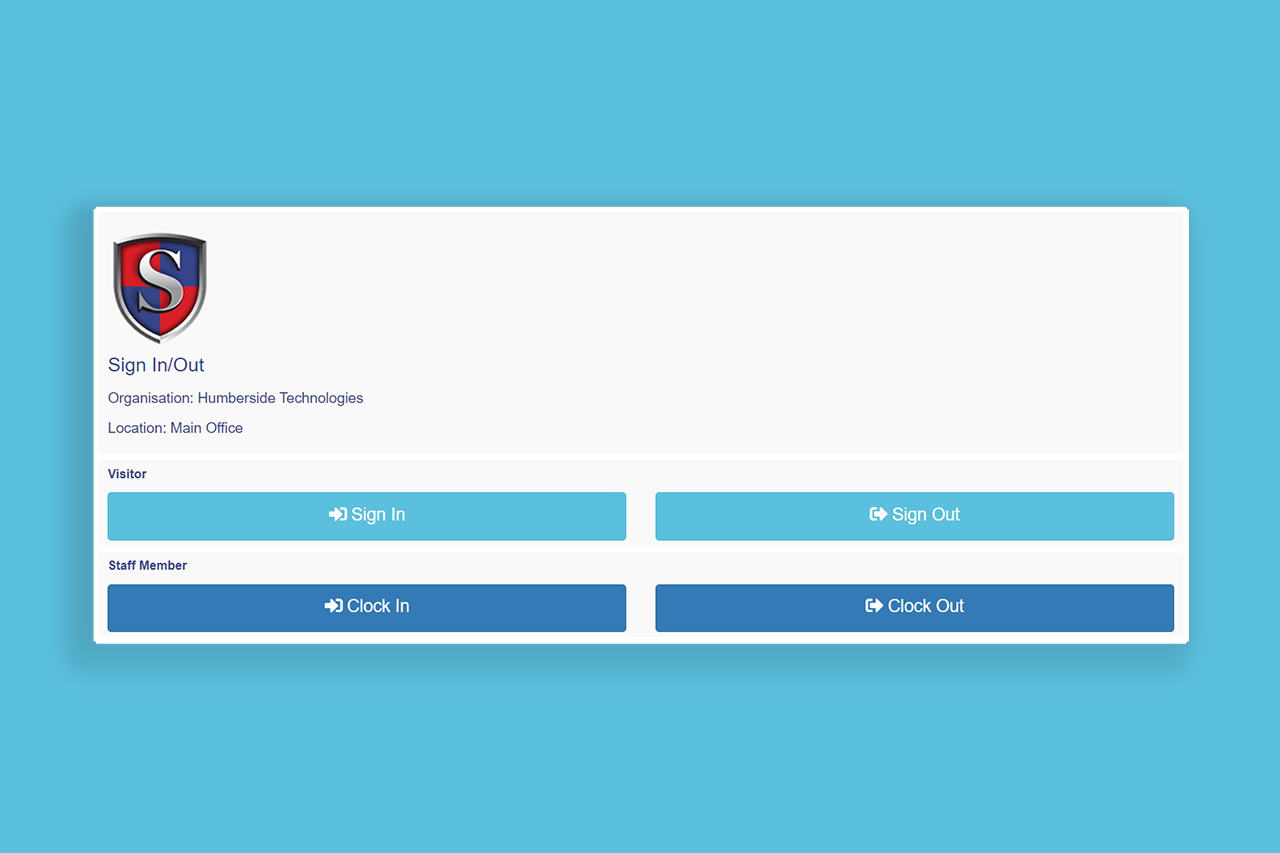Home / News / A Crash Course in Fire Extinguishers
A Crash Course in Fire Extinguishers

Fire extinguishers are an integral component of day to day live. Whether in the workplace, schools, hospitals or even just in the home, extinguishers provide an essential safety measure against the outbreak of fire. There are many different types of fires which can start and therefore corresponding extinguishers. It can be confusing as to which device is required for which situation. The following is a quick how-to guide on all of the different fire extinguishers you may need and when to use them.
Fire extinguishers are categorised according to colour and these colours will be visible on the device itself, signalling to users what type of fire it should be used for.
Red
Extinguishers in the red category utilise water which includes standard water, water spray and water dry mist varieties. Typically, water extinguishers are designed for use with organic materials such as wood, paper and textiles. Water should never be used to tackle electrical or cooking oil fires for obvious reasons. Water based extinguishers are also unsuitable for fires which are caused by flammable liquids, gases or metals.
A recent addition to the water range is the water mist extinguisher which differs to standard water devices in that it can actually be used on electrical and cooking oil fires as well as on flammable gas and liquid fires.
Blue
The blue category includes both standard powder extinguishers and dry powder extinguishers. Standard powder extinguishes can be used on organic materials, flammable gases and liquids. These devices can even be used on electrical fires but aren’t as effective as their CO2 counterparts and can cause damage to electrical equipment.
Dry powder extinguishers offer the same benefits as the standard devices but with the added benefit of being able to tackle specialist fires such as those which involve lithium, sodium, aluminium or magnesium.
Cream
Extinguishers which are labelled as cream utilise foam and have been designed for use on organic solids and flammable liquids. Foam extinguishers can technically be utilised on electrical fires and will be safer than water but it is recommended that users spray from at least a metre away.
Black
CO2 extinguishers are categorised as black and are mainly used for electrical fires and for this reason are standard issue within office environments. It should be noted that CO2 extinguishers can also be used to tackle flammable liquid fires such as those which involve petrol or propane.
Yellow
Wet chemical extinguishers are categorised as yellow and have been designed for use on cooking oil fires. These devices are particularly useful as no other type of extinguishers are recommended for use on cooking oil fires. With this in mind, wet chemical extinguishers are ideal for kitchen and cooking environments as well as within the home.
It is worth noting that wet chemical extinguishers can also be used on fires with organic materials.

Fire Blankets
Not technically an extinguisher, fire blankets are still incredibly useful and often found in a wide range of environments. The blankets are manufactured using a specialist material and can be used for solid and liquid fires as well as cooking oil fires.
Fire blankets are also suitable for situations where a person’s clothing is on fire and can be wrapped around them in order to extinguish the blaze.
Fires are unexpected and dangerous and knowing which extinguisher to use can mean the difference between life and death. Using the wrong equipment is not only ineffective but can even cause some fires to spread and become larger. Understanding this colour coded system will allow people to install the most suitable extinguisher within a specific environment and use it, should the worst happen.




